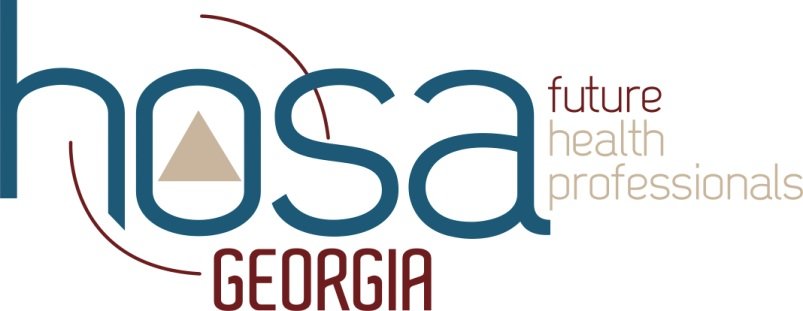E-Magazine: A New World of Possibilities: The Comprehensiveness of CRISPR
With such a complex cellular structure, determined solely by the DNA, what can be done to fix it once mutations arise? What can be utilized to ensure the proper function of cells, tissues, organs, and the overall organism? The contributions made by Emmanuelle Charpentier and Jennifer Doudna made reversing genetic malformations a reality, previously thought impossible (Moon, B., n.d.). These women fought the limits that science has set for them and went beyond them creating a technology that shows promise in eradicating illnesses from congenital defects to cancer. Though with the process of progression, there is an ethical dilemma posed, as scientists have to consider the unknown.
Clustered regularly interspaced palindromic repeats (CRISPR) is a biomedical gene-editing technology that splices targeted segments of DNA and replaces them (Redman, M. et al., 2016). Though this may seem like a standard process, it has been immensely oversimplified. With the intricate nature of the technology, every step and motion has guided and purposeful reasoning. The implications of this technology are endless. An article written by industry professionals and published to the National Library of Medicine puts the implications simply, “overall, CRISPR and genome-editing technologies are poised to have a significant positive influence on global health security over the years to come” (Watters, K. E. et al., 2021). The future of this technology is bright and scientists are coming closer than they ever have previously to treating one of the most difficult subgroups of diseases. Historically, genetic diseases have shown no substantial progression in treatment, until the introduction of gene-editing. A comprehensive review of CRISPR technology elaborates that, “one of the most exciting applications of CRISPR/Cas9 is its potential use to treat genetic disorders caused by single gene mutations. Examples of such diseases include cystic fibrosis (CF), Duchenne's muscular dystrophy (DMD) and haemoglobinopathies” (Redman, M. et al., 2016). This definitive improvement has been made cost effective and easily obtainable for most to understand and embellish this technology.
With such an improvement in the biomedical field, individuals are skeptical of the ethicality behind further implementing this technology. An article from the Harvard Gazette provides a comprehensive understanding of this debate:
Aside from the safety risks, human genome editing poses some hefty ethical questions. For families who have watched their children suffer from devastating genetic diseases, the technology offers the hope of editing cruel mutations out of the gene pool. For those living in poverty, it is yet another way for the privileged to vault ahead. One open question is where to draw the line between disease treatment and enhancement, and how to enforce it, considering differing attitudes toward conditions such as deafness (Bergman, M. T., 2019).
With the ability to edit the human genome, the question of extent is brought into question where we as humans and future health professionals have to make these decisions. Should we stop the progression of this technology to preserve diversity or create a solution to a majority of the genetic issues facing society today? It is our responsibility to educate ourselves on these topics and develop a position based on facts over opinions. It is our responsibility to take over the scientific progression left by the last generation of healthcare innovators. It is our responsibility to care for the next generation as future leaders. We are the future, we create the future, so we have to prepare to take the challenge. What seems like a distant future, is encroaching every passing day. Societal limits that have been set for adolescents will soon be surpassed, are you ready to take the challenge and go beyond these limits?
References
Bergman, M. T. (2019, October 28). Harvard researchers share views on future, ethics of gene editing. Harvard Gazette. Retrieved October 31, 2022, from https://news.harvard.edu/gazette/story/2019/01/perspectives-on-gene-editing/
Moon, B. (n.d.). Full stack genome engineering. Synthego. Retrieved October 31, 2022, from https://www.synthego.com/blog/crispr-scientists
Redman, M., King, A., Watson, C., & King, D. (2016). What is CRISPR/cas9? Archives of Disease in Childhood - Education & Practice Edition, 101(4), 213–215. https://doi.org/10.1136/archdischild-2016-310459 Watters, K. E.,
Kirkpatrick, J., Palmer, M. J., & Koblentz, G. D. (2021). The CRISPR revolution and its potential impact on Global Health Security. Pathogens and Global Health, 115(2), 80–92. https://doi.org/10.1080/20477724.2021.1880202
